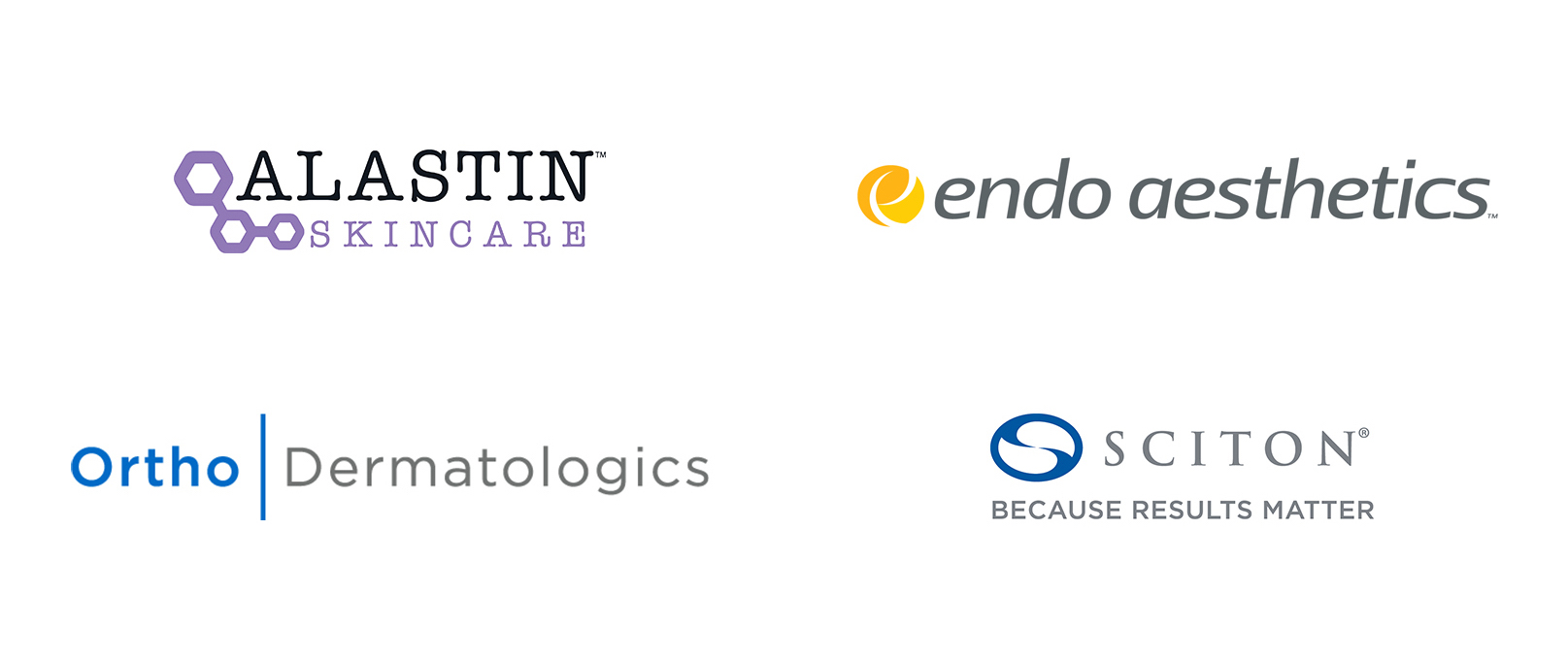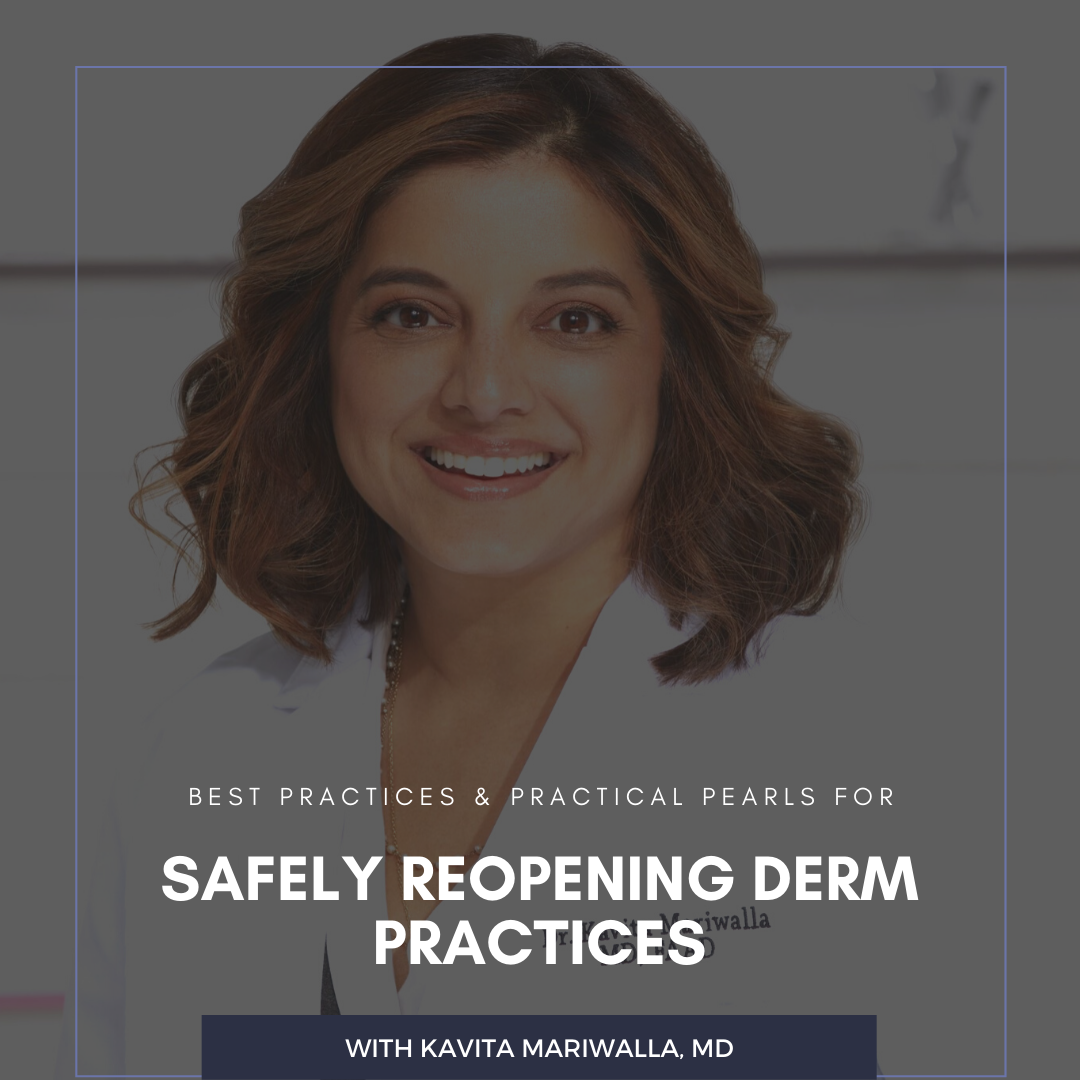Dr. Jeffrey S. Dover, in partnership with the Journal of Drugs in Dermatology, invited a panel of dermatology Key Opinion Leaders to share their experience as they reopen their practices during the COVID-19 pandemic. If you missed the first video in the series, you can watch it here. We continue the series with Dr. Kavita Mariwalla, Founder of Mariwalla Dermatology and a nationally recognized leader in dermatology and dermatologic surgery, whose expertise is in the areas of anti-aging procedures and skin cancer treatment. Prior to starting her own private practice, Dr. Mariwalla was the Director of Cutaneous Oncology at St. Luke’s –Roosevelt and Beth Israel Medical Centers in New York.
Watch Dr. Mariwalla as she shares best practices and practical pearls on (SPOILER ALERT: find out why you MUST become familiar with the air handling system in your office and don’t miss Dr. Mariwalla’s best-kept secret for disposable ice packs!):
-
- Clinical and Non-Surgical Treatment-Related Guidance
- Treatment room set up
- Anesthesia and analgesia
- Injectables
Further Reading
Developing a Topical Adjunct to Injectable Procedures
J Drugs Dermatol. 2020;19(4): doi:10.36849/JDD.2020.5016
Injectable procedures have come to play an enormous part in everyday aesthetic medical practice. Whether its use is directed at volumizing with fillers, decreasing volume using enzymes, skin-tightening using multi-needle approaches, or neuromuscular blockade, the injectable route is the means of delivery in all these cases, making injectable procedures the most common aesthetic procedure performed. As with all procedures, expected and unexpected consequences may follow including bruising, swelling, discomfort, and the possibility of infection. This paper outlines the scientific process and validation of a product designed as an adjunct to injection therapy and the scientific deep dive needed to encompass both symptomatic and adjunctive purposes. On the symptomatic side, bruising, swelling, and pain were considered, while volumetric enhancement, regeneration, and anti-microbial/biofilm effects were desired outcomes from the adjunctive perspective. Utilizing peptides and active agents aimed at reducing excess residual iron and stimulating macrophage absorption of red blood cells, we were able to achieve efficient resolution of bruising. In addition, peptides were included to stimulate collagen, elastin, and hyaluronic acid in synergy with the injectable. Anti-inflammatory, antimicrobial, and antibiofilm agents were added to aid in the safety profile of the injectable. In vivo testing of bruising resolution demonstrated that at day 2/3, participants using the study product (INhance Post-Injection Serum with TriHex Technology®, Alastin Skincare, Inc. Carlsbad, CA) had 73% less bruise color intensity and statistically significant improvement over the bland moisturizer. Overall, 81% of subjects applying the study topical product had less bruising at day 2/3 compared to the bland moisturizer. Read the full article here.
Stay tuned for the next episode in this series, where Dr. Terrence Keaney shares best practices and practical pearls on safely performing the following procedures during times of COVID-19:
-
- Non-invasive body contouring
- Energy-based procedures of the face and neck
- Skin treatment procedures
Did you enjoy this video? Find more on Safely Reopening Derm Practices here.
This video series has been supported in part by:


